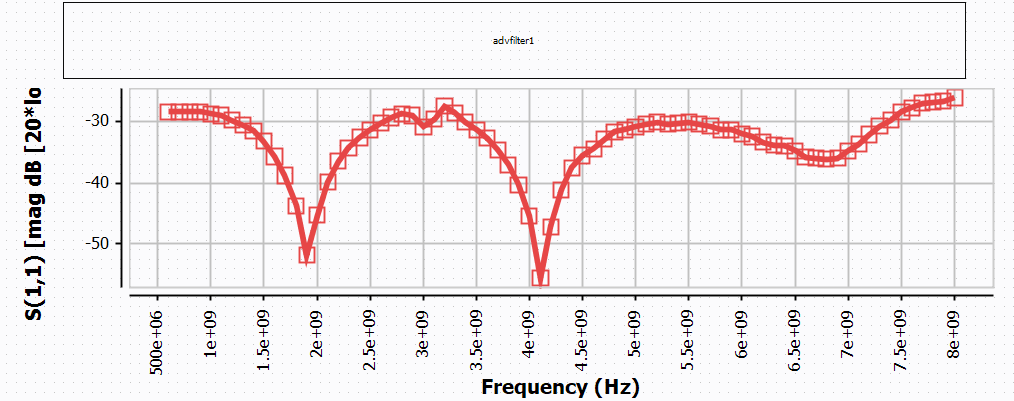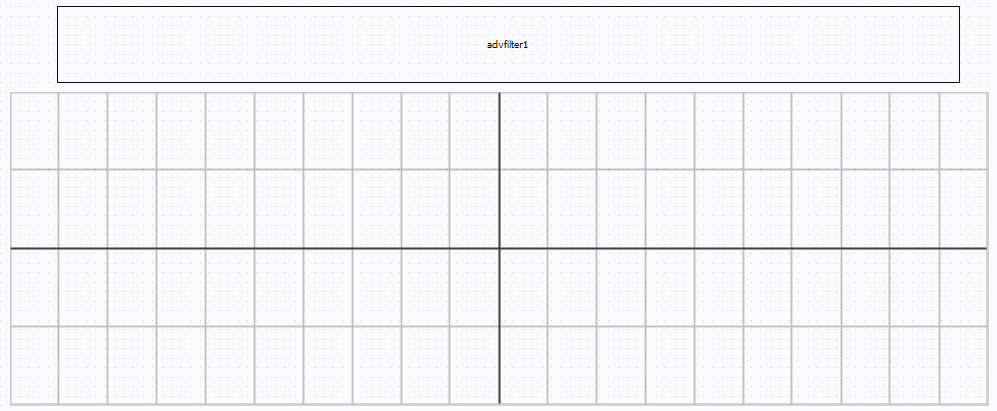Advanced Filter
Overview
The second (
Click on the second (
Its parameters are the followings:
- Source: select if the parameter is a variable or data
- Method: select the method of extraction ('Interpolation', 'Minimum', 'Maximum', 'First', 'Last', 'Average', 'Sum')
- Level: select the frequency level corresponding to the data to
displayNote: The level setting is done to sort the data when harmonics (Level : f0, 2.f0, 3.f0 ...) or 2-tones (Level : 2.f2-f1, f1, f2, 2.f1-f2 ...) measurements analysis are required.
- Data: select the parameter to displayNote: The data list depends on the *.imx file loaded in the 'Datasource, on the 'Allowed curves' defined and on the 'Level' selected. The data list is sorted by alphabetical order.
- Unit: select the unit of the parameter to displayNote: The unit list depends on the data selected.
- Complex Part: select the complex part corresponding to the parameter to display when this one is a complex number (A1,B1,A2,B2, Zin, Zload, ...).
- Post-treatment: allows to invert the sign
- Operation: select an operation to perfrom on the data (Equal,
Different, Less, Less or equal, Greater, Greater or equal, Inside, Outside).
Regarding the selected operation, the Value, Min, Max
- Value: value to compare
- Min or Max: bounds to compare
- Rounding: if a numerical data is used, defines the precision of the number of digits to compare (after the comma).
Example
We want to display the S11 of a DUT, with as condition the fact that it must be lower
than -20 dB. So we would do as follows:

This would result in:


But, if we define the Value to compare in the filter to be less than -30dB, the
result will be:

This is because no curves are forwarded by the advanced filter, as the S11 must be lower than -30dB, which is not the case in this example.

This is because no curves are forwarded by the advanced filter, as the S11 must be lower than -30dB, which is not the case in this example.
